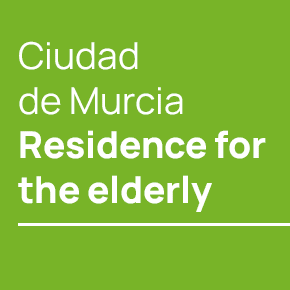

Guidelines for submitting articles to Santa Rosalia Today
Hello, and thank you for choosing Santa Rosalia.Today to publicise your organisation’s info or event.
Santa Rosalia Today is a website set up by Murcia Today specifically for residents of the urbanisation in Southwest Murcia, providing news and information on what’s happening in the local area, which is the largest English-speaking expat area in the Region of Murcia.
When submitting text to be included on Santa Rosalia Today, please abide by the following guidelines so we can upload your article as swiftly as possible:
Send an email to editor@spaintodayonline.com or contact@murciatoday.com
Attach the information in a Word Document or Google Doc
Include all relevant points, including:
Who is the organisation running the event?
Where is it happening?
When?
How much does it cost?
Is it necessary to book beforehand, or can people just show up on the day?
…but try not to exceed 300 words
Also attach a photo to illustrate your article, no more than 100kb

HOME > MURCIA CITY & CENTRAL > ABARÁN
town
Abarán Today
Mountains, the River Segura and a glimpse into the Moorish roots of Murcia
The municipality of Abarán occupies an area of 115 square kilometres and is sandwiched between the two other municipalities which comprise the Vega Alta del Segura area: these are Cieza to the north-west and Blanca to the  south-east.
south-east.
Most of the 13,000 inhabitants live in the town of Abarán itself, with the rest of the municipality consisting of the mountains and the valley of the River Segura, which loops around the western side of the town. The mountains reach a height of over 1,200 metres above sea level – that’s only slightly lower than Ben Nevis – and the wooded  Sierra de la Pila is a regional park. Among the outlying villages in this green, hilly countryside which is often considered to be part of the Ricote valley are San José Artesano, Hoya del Campo and Venta de La Aurora.
Sierra de la Pila is a regional park. Among the outlying villages in this green, hilly countryside which is often considered to be part of the Ricote valley are San José Artesano, Hoya del Campo and Venta de La Aurora.
A good indication of the characteristics of Abarán is that four of the seven water wheels still in use in the Region of  Murcia are within this municipality, and the Noria Grande is claimed to be the largest of its type still in operation in Europe. The beauty of the surrounding countryside can be enjoyed either on foot or by car, with favourite viewing points ncluding the Mirador de las Ventanas opposite the Cabezo de la Cruz.
Murcia are within this municipality, and the Noria Grande is claimed to be the largest of its type still in operation in Europe. The beauty of the surrounding countryside can be enjoyed either on foot or by car, with favourite viewing points ncluding the Mirador de las Ventanas opposite the Cabezo de la Cruz.
The location of Abarán on the eastern bank of the Segura has made it an attractive location for settlers from as long ago as the Bronze Age, with the earliest archaeological evidence of human occupation dating from around 2,000 years BC.
 Both the Iberians and Romans occupied the area, and the Moors then colonized this part of the modern-day Region of Murcia for many centuries (See History of Murcia City for history of this area) until the town came under the control of the Crown of Castile in 1238. Since then the town has grown under Christian rule, obtaining its town
Both the Iberians and Romans occupied the area, and the Moors then colonized this part of the modern-day Region of Murcia for many centuries (See History of Murcia City for history of this area) until the town came under the control of the Crown of Castile in 1238. Since then the town has grown under Christian rule, obtaining its town  charter in 1483, although many Moors still lived here until the 17th century. The remains of 12th century Moorish fortifications have been found on the Cabezo de la Cobertura, on the opposite bank of the river from the modern town.
charter in 1483, although many Moors still lived here until the 17th century. The remains of 12th century Moorish fortifications have been found on the Cabezo de la Cobertura, on the opposite bank of the river from the modern town.
As is so often the case in the Region of Murcia, the main monuments in the town of Abarán are religious. These  include the church of San Pablo, the Church of San Cosme and San Damián and the Santuario de la Virgen del Oro in the mountains outside the town. The church of San Pablo, which dates from the 16th and 17th centuries, contains a figure of Christ as a child created by Francisco Salzillo.
include the church of San Pablo, the Church of San Cosme and San Damián and the Santuario de la Virgen del Oro in the mountains outside the town. The church of San Pablo, which dates from the 16th and 17th centuries, contains a figure of Christ as a child created by Francisco Salzillo.
Other constructions of interest include the Teatro Cervantes, the 19th-century bullring and the Chimenea de Félix  Cayetano, which was built in the early 20th century when the local economy was stimulated by the arrival of the railway.
Cayetano, which was built in the early 20th century when the local economy was stimulated by the arrival of the railway.
Visitors to Abarán enjoy not only the monuments and the spectacular countryside, but also the local gastronomy, which includes a wide range of pot meals (such as olla gitana), rice dishes and the roast lamb so favoured among the inland areas of the Region of Murcia. The fruit and vegetables which used to form the backbone of the regional economy are also popular here, and the locals are especially proud of their apricot and peach jams.
The countryside of Abarán attracts visitors all year round, but more come to the town itself during the fiestas. Apart  from Holy Week, special times of the year in Abarán include the last fortnight in September, when fiestas in honour of San Cosme and San Damián are held, and 6th January, when images of the young Jesus Christ are paraded through the streets of the town to coincide with Twelfth Night. This celebration is a tradition which dates back to the early 1700s.
from Holy Week, special times of the year in Abarán include the last fortnight in September, when fiestas in honour of San Cosme and San Damián are held, and 6th January, when images of the young Jesus Christ are paraded through the streets of the town to coincide with Twelfth Night. This celebration is a tradition which dates back to the early 1700s.
Abarán is not a large town but it lies in a fascinating and beautiful area, providing visitors with a glimpse of the “other” region of Murcia, where agriculture has prospered for centuries in the fertile lands alongside the River Segura, where the mountains are covered by vegetation and where the Moorish population remained later than in almost any other part of Spain.
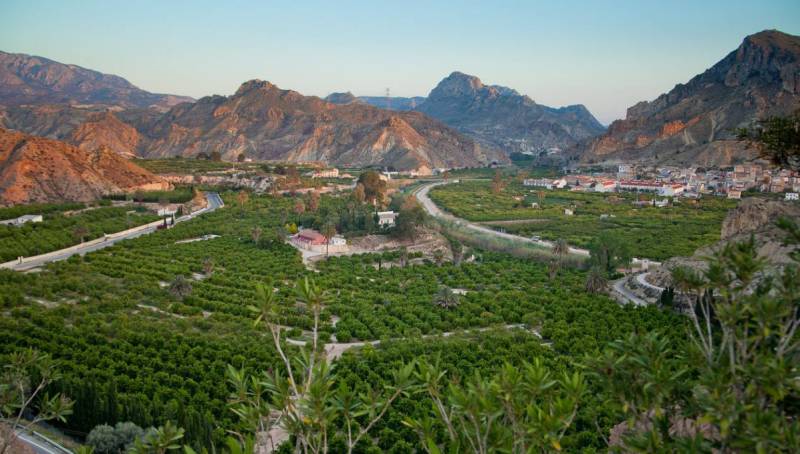
The Ricote Valley, a natural paradise in the Region of MurciaA host of reasons to take a trip to this hidden valley just half an hour from the city of Murcia The Ricote Valley, with its green countryside and naturally isolated location, is in the heart of the Region of Murcia and is also sometimes referred to as the..
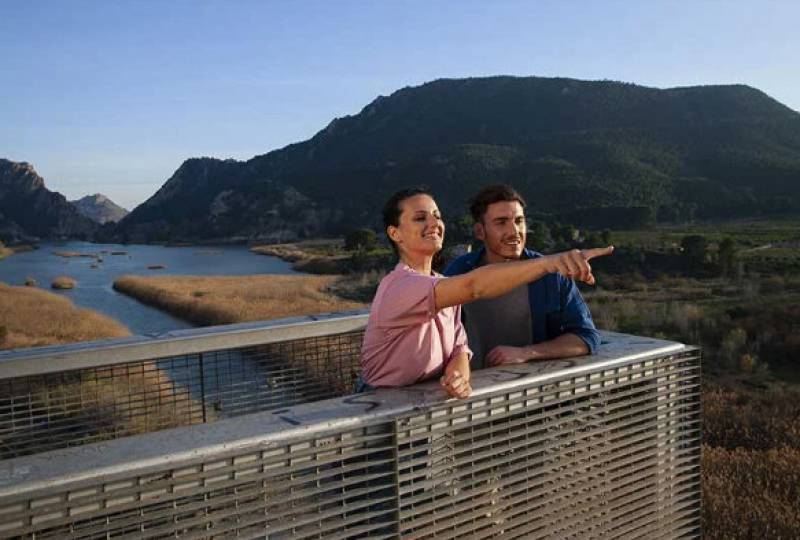
The Ricote Valley and Cieza, a perfect blend of History and NatureA land of lush greenery forgotten by Time in the heart of the Region of Murcia Right in the heart of the Region of Murcia there is a land which it appears that Time forgot, leaving intact much of the cultural heritage of the Moorish and post-Moorish culture..
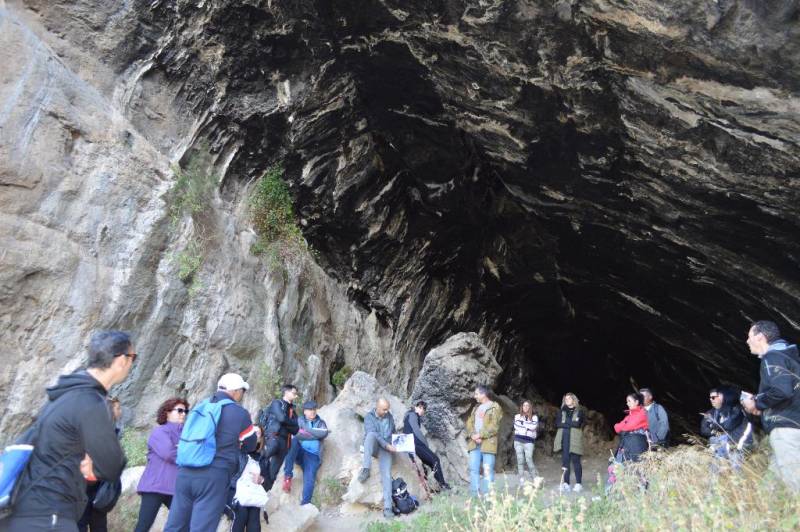
January 18 Guided hike to trace the steps of legendary bandit Jaime El BarbudoExplore the hiking paths of the Sierra de la Pila in Abarán and see a dramatized re-enactment of Jaime’s death in 1824 On 5th July 2024 it was exactly 200 years since the renowned bandit Jaime “El Barbudo” was executed in the Cueva..
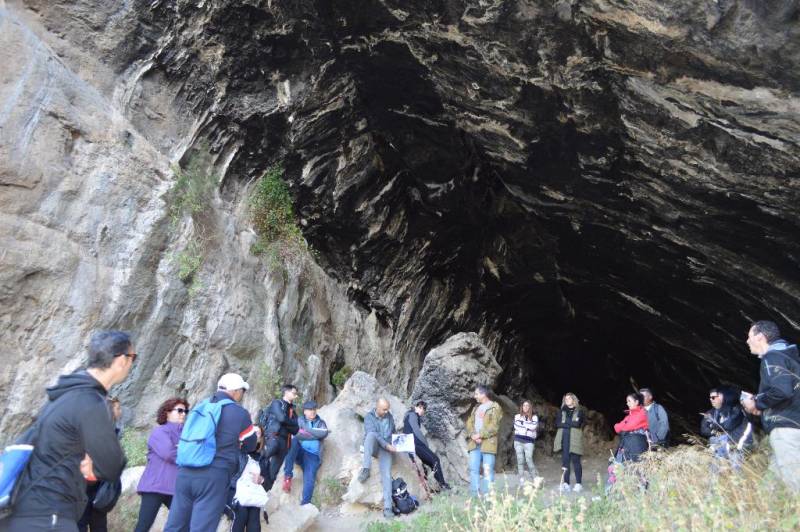
March 1 Guided hike to trace the steps of legendary bandit Jaime El BarbudoExplore the hiking paths of the Sierra de la Pila in Abarán and see a dramatized re-enactment of Jaime’s death in 1824 On 5th July 2024 it was exactly 200 years since the renowned bandit Jaime “El Barbudo” was executed in the Cueva..

The Ricote valley, a natural paradise in the heart of the Region of MurciaWater sports and picturesque scenery on the banks of the River Segura in central Murcia Lush greenery, a wide, slow-moving river punctuated by rapids and weirs, a secluded valley hidden from the world by steep mountains… this may sound uncharacteristic..
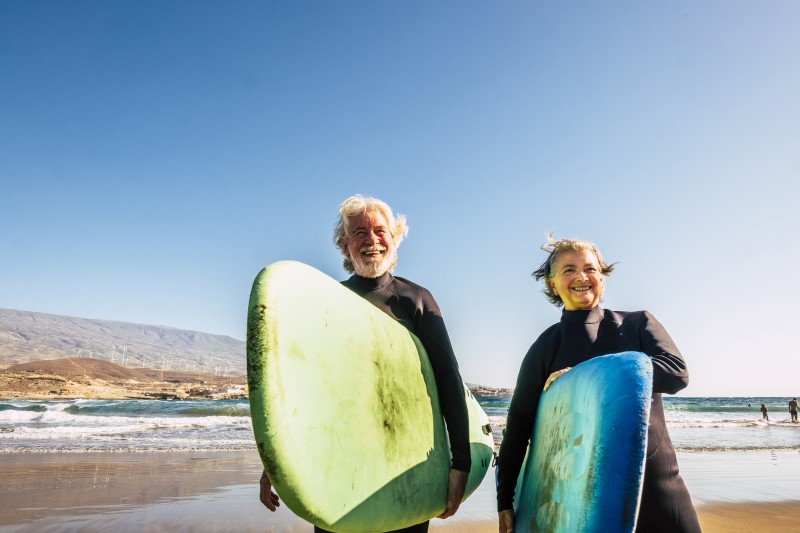
Understanding the funeral process in SpainIn Spain it is the norm to plan ahead for your funeral. It’s all part of making things easier for the family and loved ones The cost of a funeral in Spain continues to rise and most Spanish families take out some kind of funeral plan to cover..
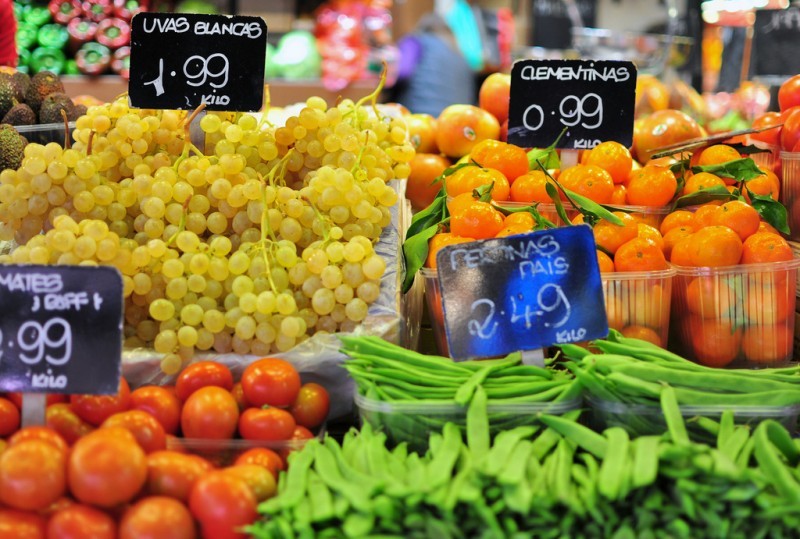
Weekly Friday market in Abarán Fresh fruit and veg and a range of other goods every Friday morning in Abarán For many expats and visitors, one of the great joys of shopping in Spain is the opportunity to buy fresh products and bargain clothes in the weekly local markets, which..
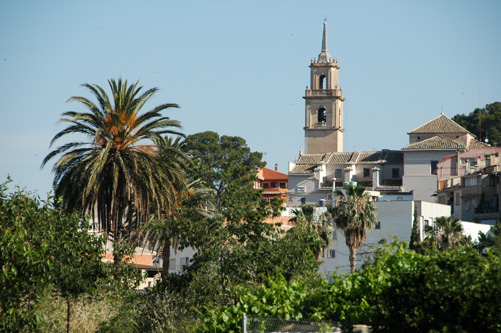
Abarán Tourist Office Abarán has a number of interesting locations which can be visited The Abarán tourist information office is open from Monday to Friday between 9.00 and 14.00 and 2pm and can provide local maps and information about locations of interest.. 27/10/2014
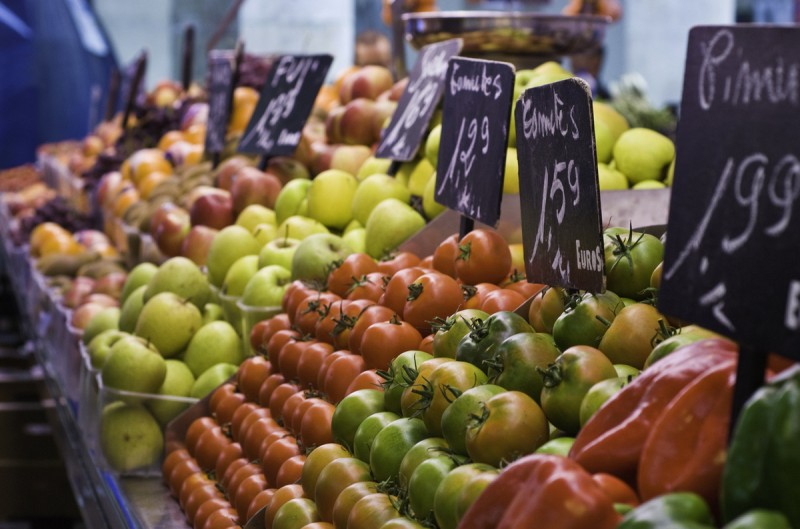
Weekly markets north and north-west Murcia Regular markets in the north and north-west of Murcia Not all weekly markets are set in stone, and if they coincide with public holidays they may be cancelled or postponed. In addition, days can change, so if you're not sure a call to the relevant..
Contact Murcia Today: Editorial 000 000 000 /
Office 000 000 000
News Abarán
Whats On Abarán
Where To Go Abarán
Andalucia News Abarán
Alicante News Abarán
Lifestyle Abarán
Spanish News Abarán
Property Listings Abarán
Weather Abarán
Spanish Lifestyle Abarán
Spanish Travel & Tourism Abarán
Spanish Arts & Culture Abarán
Spanish Weather Abarán
Andalucia Weather Abarán
Andalucia Lifestyle Abarán
Andalucia Travel & Tourism Abarán
Andalucia Arts & Culture Abarán
Alicante Whats On Abarán
Alicante Where To Go Abarán
Alicante Lifestyle Abarán
Alicante Weather Abarán
Alicante Property Abarán
Property News Abarán
Motoring & Travel Abarán
Spanish Property News Abarán
Car Sales Abarán










